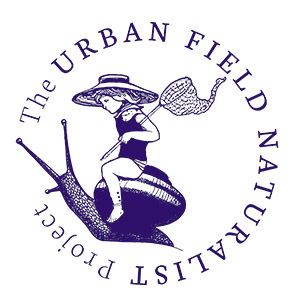
From Telephoto to Macro, the Big Side of a Small World
Anne Brophy
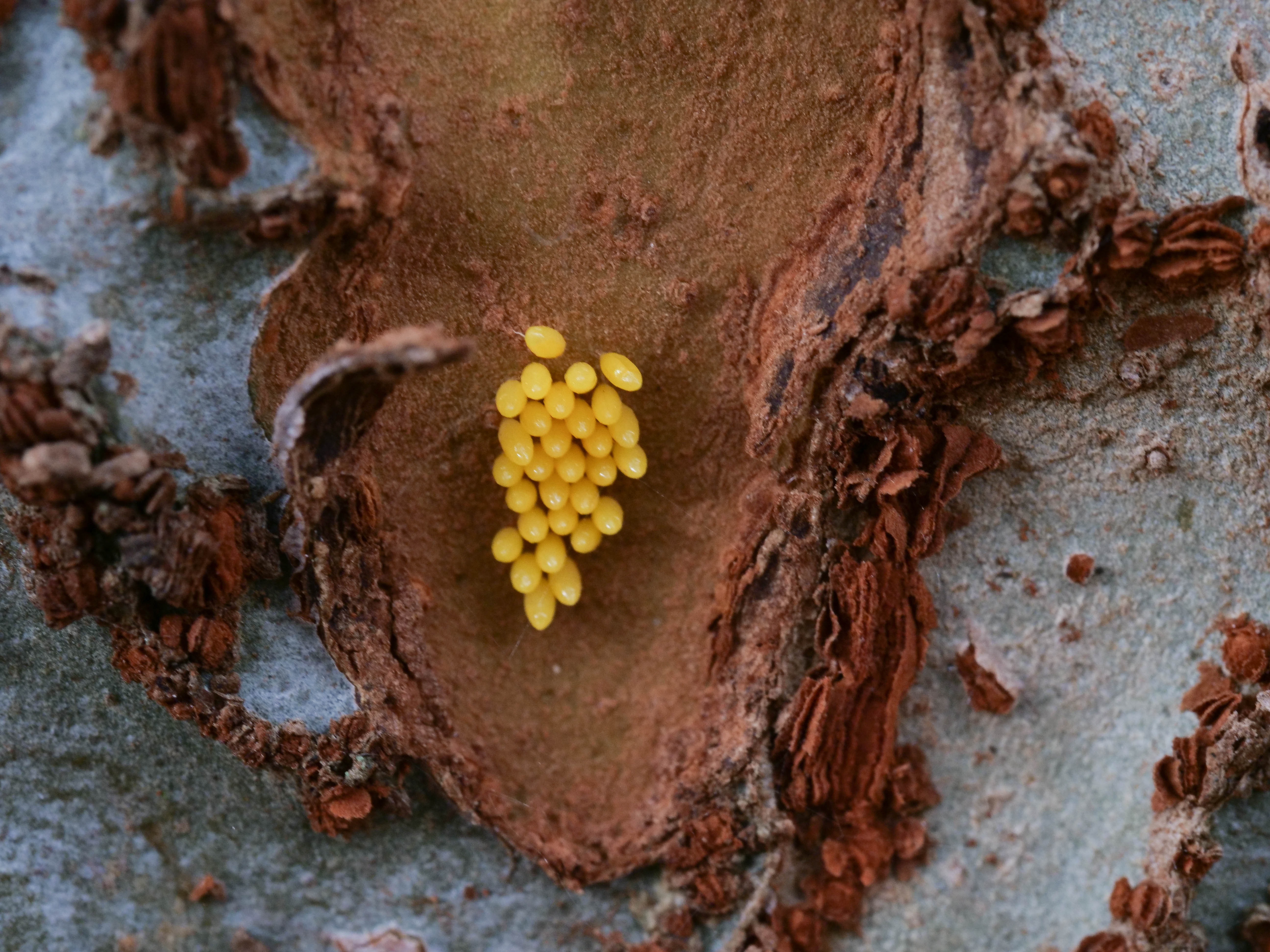
I like birds: I like watching them, listening to them, counting, studying and reading about them. I also like to photograph them. Here’s the problem, birds largely belong to the telephoto world, a world of distance and open spaces. Currently, my world has contracted, from the National Park to the urban park to the backyard. From telephoto to macro.
The macro world is the small world, the world of close up and tiny creatures. Paradoxically there is a huge amount to see in this small world. A single tree trunk can support great numbers of minibeasts as I’ve discovered on my daily exercise walk around the block accompanied by a husband, aged dog and macro camera lens.
A different kind of bird caught my interest too, a Ladybird! On the walk there is a Chinese Elm (Ulmus parvifolia), a street tree with lovely bark that is the home to many creatures including at least three species of Ladybird beetles, one of which, the Tortoise-shelled Ladybird (Harmonia testudinaria), seems to live out a good part of its one to two months of life right there. Like all beetles or Coleoptera, ladybirds undergo four stages of life - egg, larva, pupa and adult. Over the period of Covid-19 lockdown, these stages have played out before me as the daily exercise takes me past this ecosystem on a tree trunk.

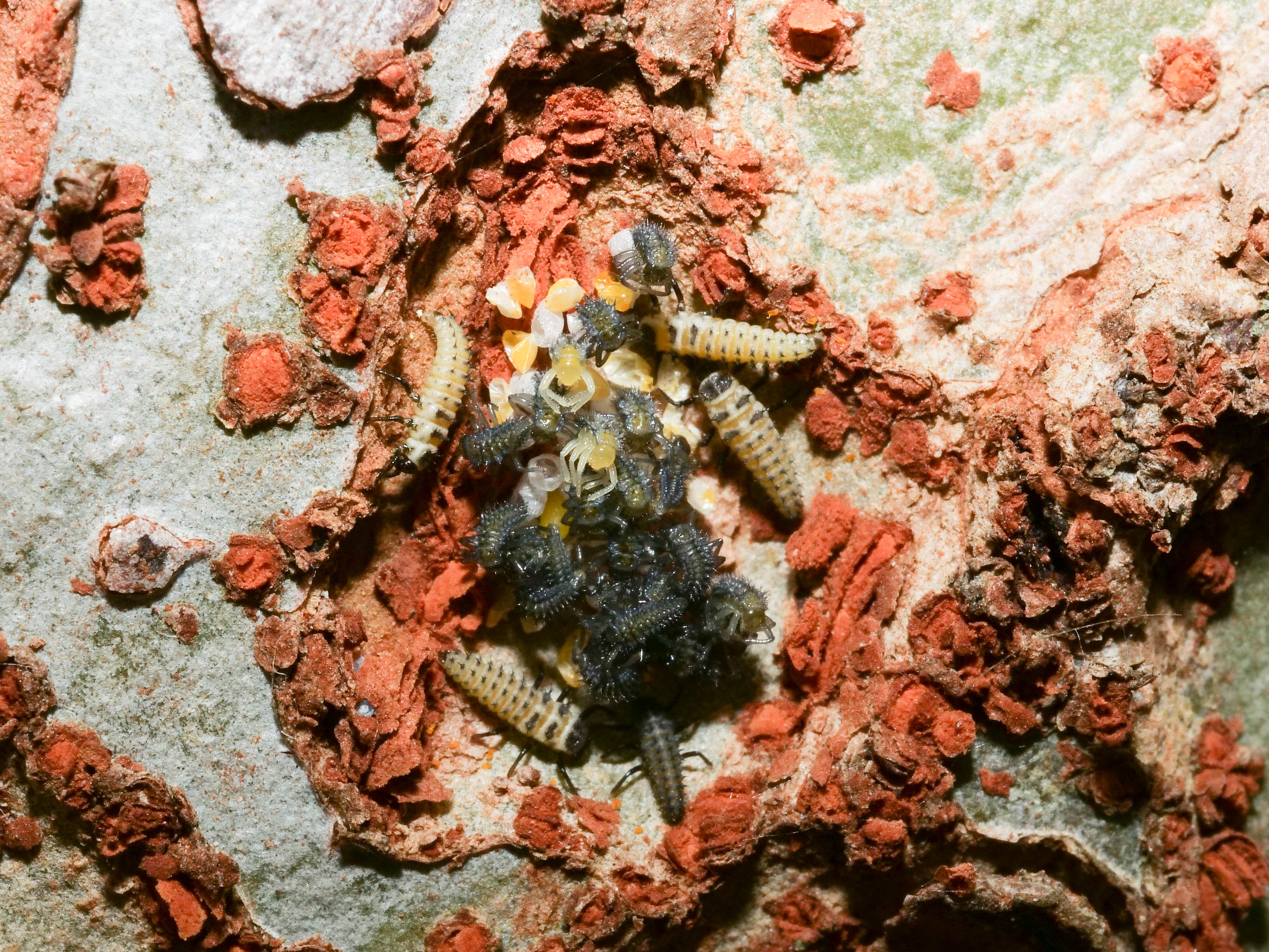
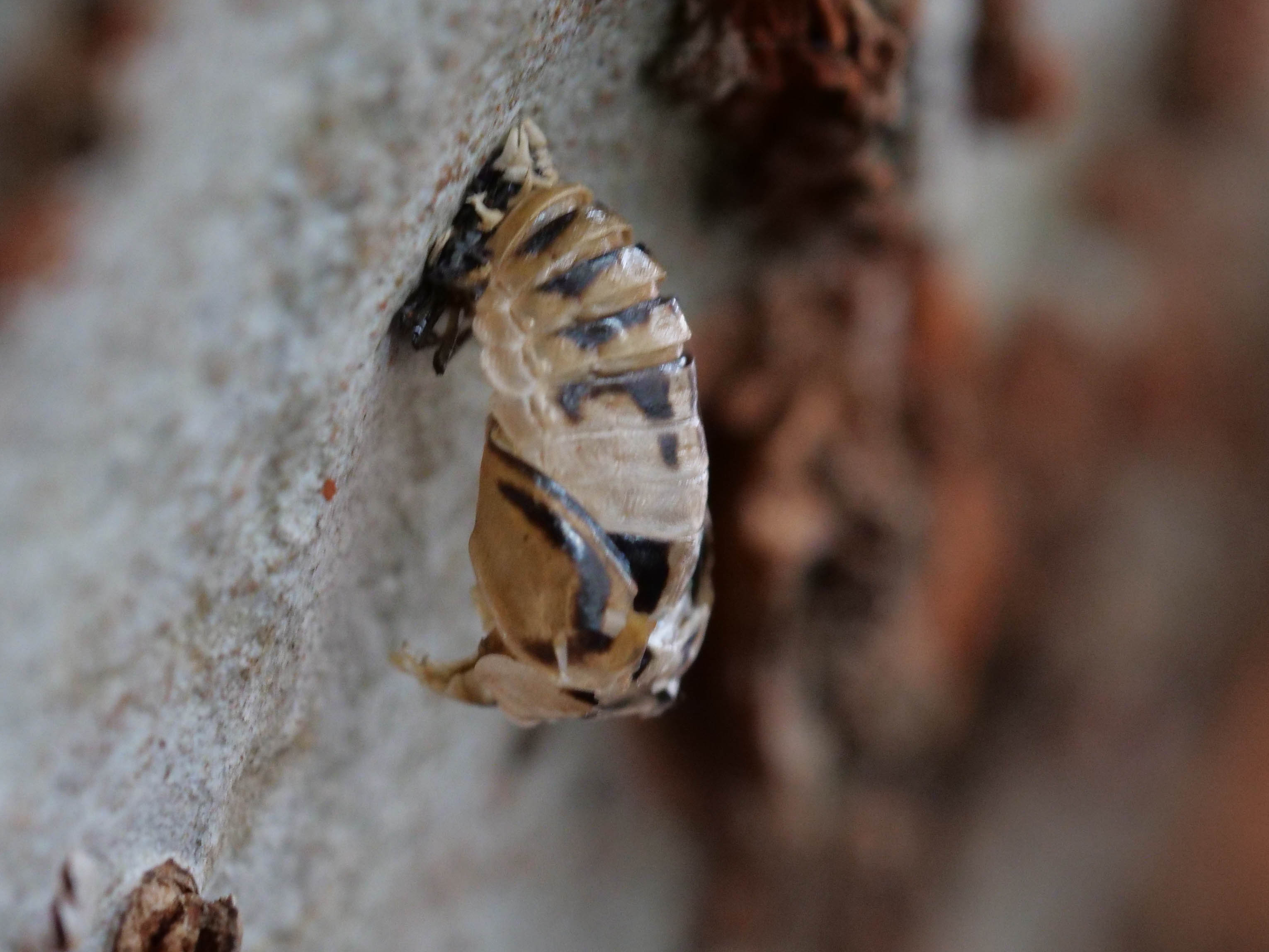
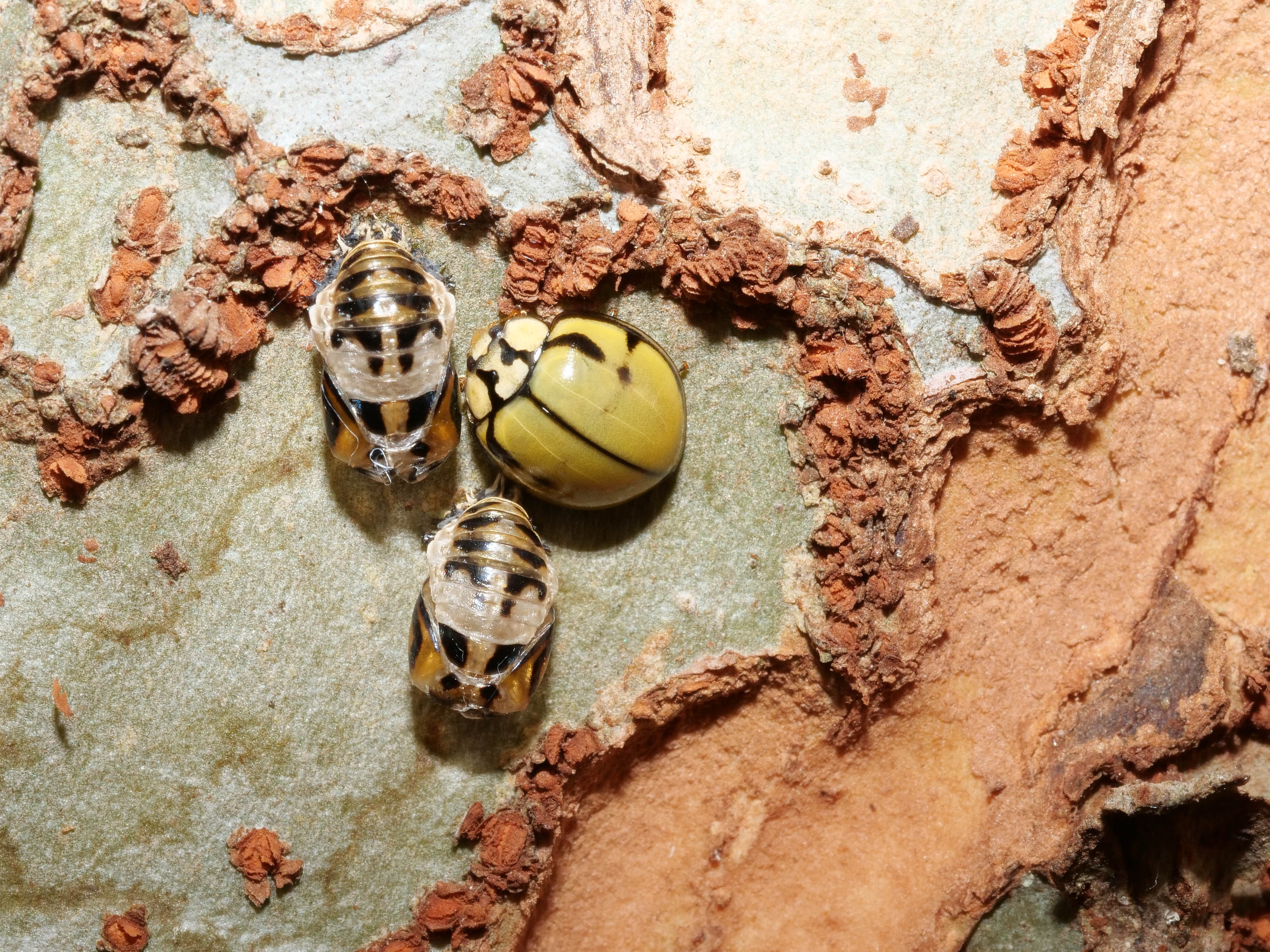
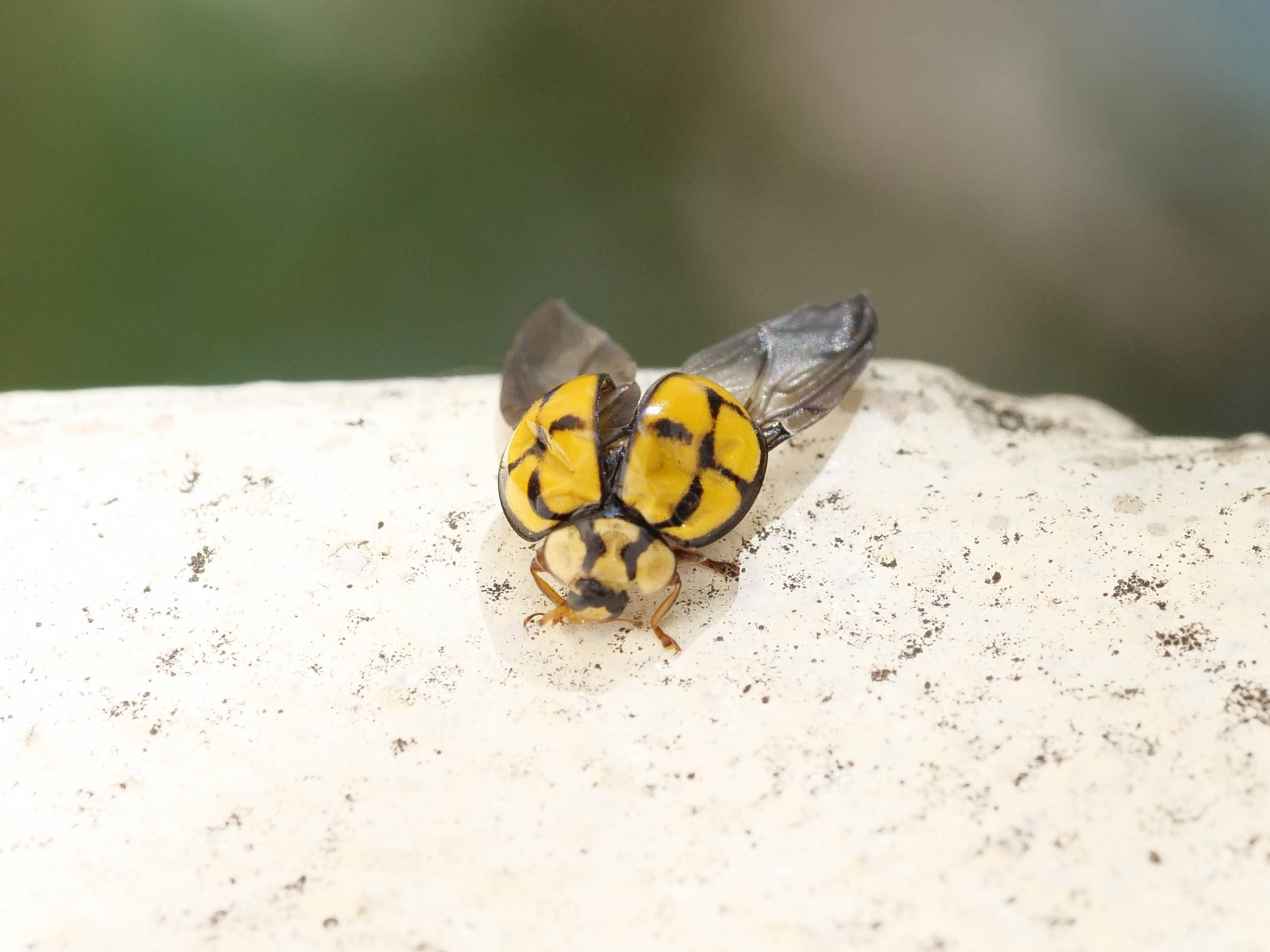
Anne Brophy lives in Sydney’s East, has qualifications in Education, Library and Archives Administration, Nursing and most recently in Ornithology. An abiding interest in birds has recently expanding to also include the world of minibeasts.